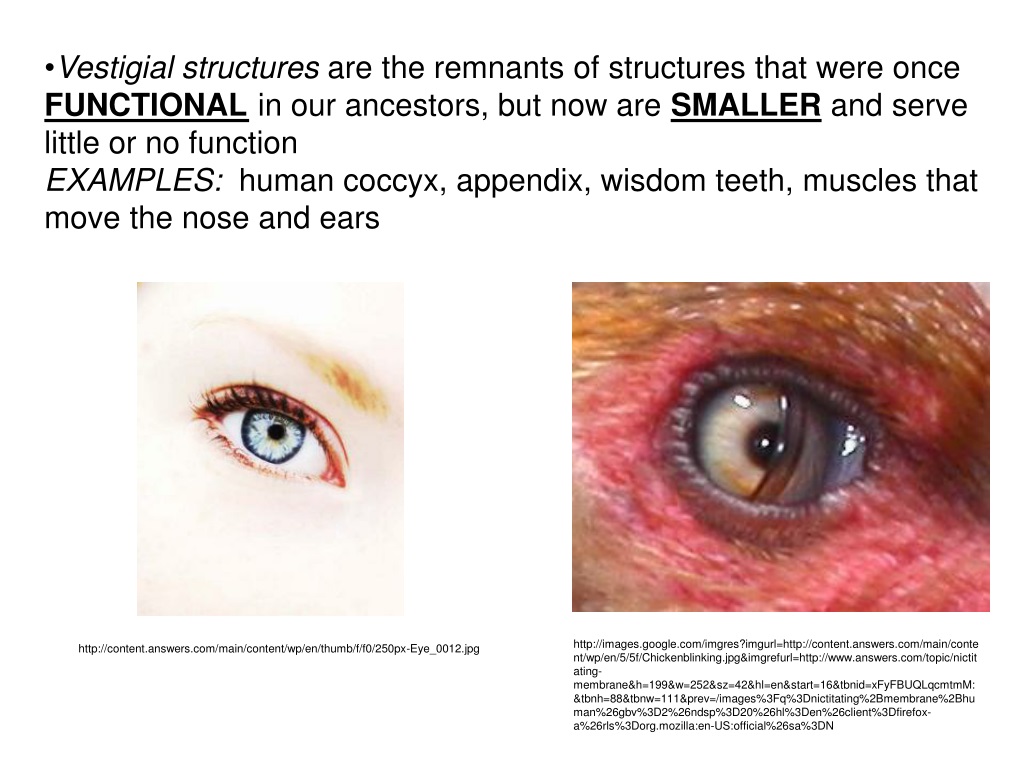
Īlves LQ, Alves J, Ribeiro R, Ruivo R, Castro LFC (2019) The dopamine receptor D5 gene shows signs of independent erosion in toothed and baleen whales. Īllmon WD, Ross RM (2018) Evolutionary remnants as widely accessible evidence for evolution: the structure of the argument for application to evolution education.

Our findings suggest that the recurrent inactivation of melatonin genes correlates with pineal atrophy and endorses the use of genomic analyses to ascertain the physiological status of suspected vestigial structures.Īlbalat R, Cañestro C (2016) Evolution by gene loss. Additionally, by expanding our analysis to 157 mammal genomes, we offer a comprehensive view showing that species with very distinctive habitats and lifestyles have convergently evolved a similar phenotype: Cetacea, Pholidota, Dermoptera, Sirenia, and Xenarthra. We show that both synthesis and signaling compartments are eroded and were probably lost independently among Xenarthra orders. Thus, to untangle the physiological status of the pineal gland in Xenarthra, we used a genomic approach to investigate the evolution of the gene hub responsible for melatonin synthesis and signaling.

In the nine-banded armadillo, contradicting evidence supports either functional or vestigial scenarios. In Xenarthra (sloths, anteaters, and armadillos), a peculiar mammalian order, the presence of a distinct pineal organ was clearly observed in some species (i.e., Linnaeus’s two-toed sloth), but undetected in other closely related species (i.e., brown-throated sloth).

The mammalian pineal gland, an endocrine organ involved in melatonin biorhythmicity, represents a classic example, often yielding contradicting anatomical observations. Determining whether a specific organ constitutes a functional or vestigial structure can be a challenging task, given that distinct levels of atrophy may arise between and within lineages.



 0 kommentar(er)
0 kommentar(er)
